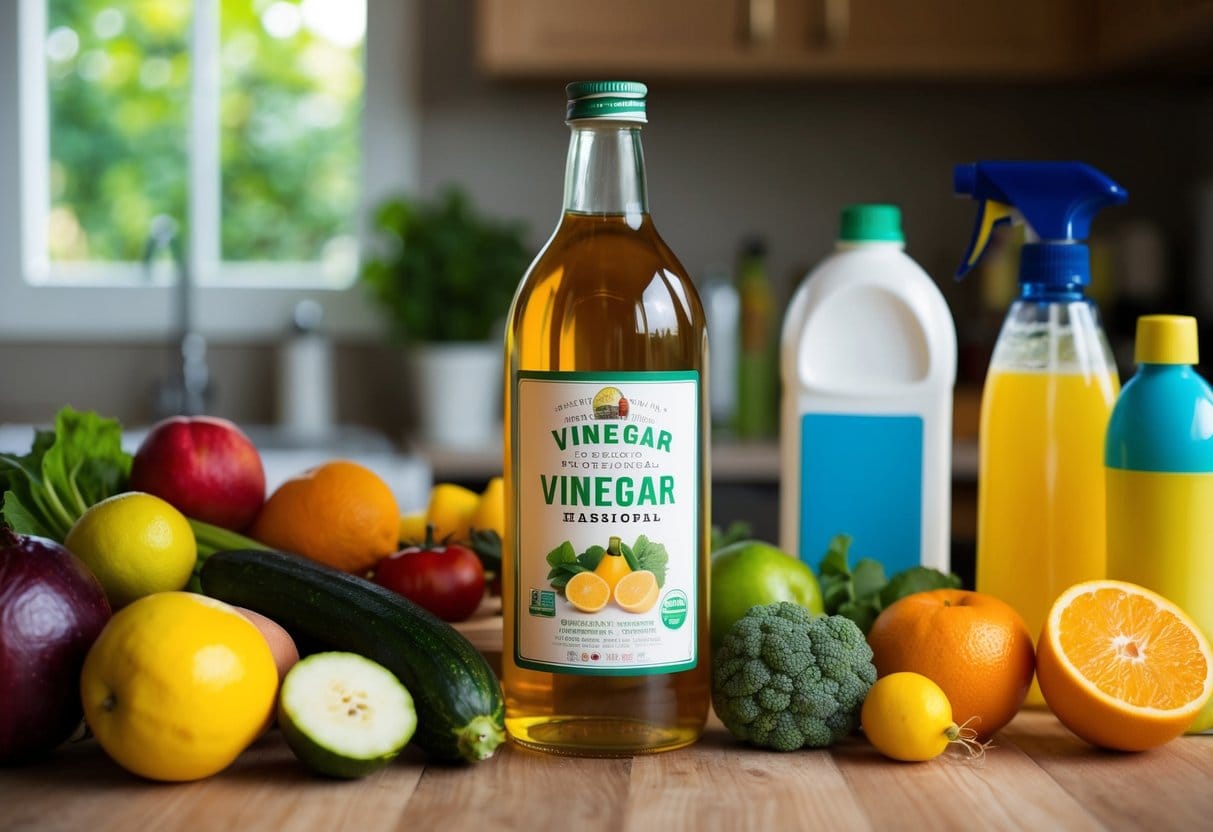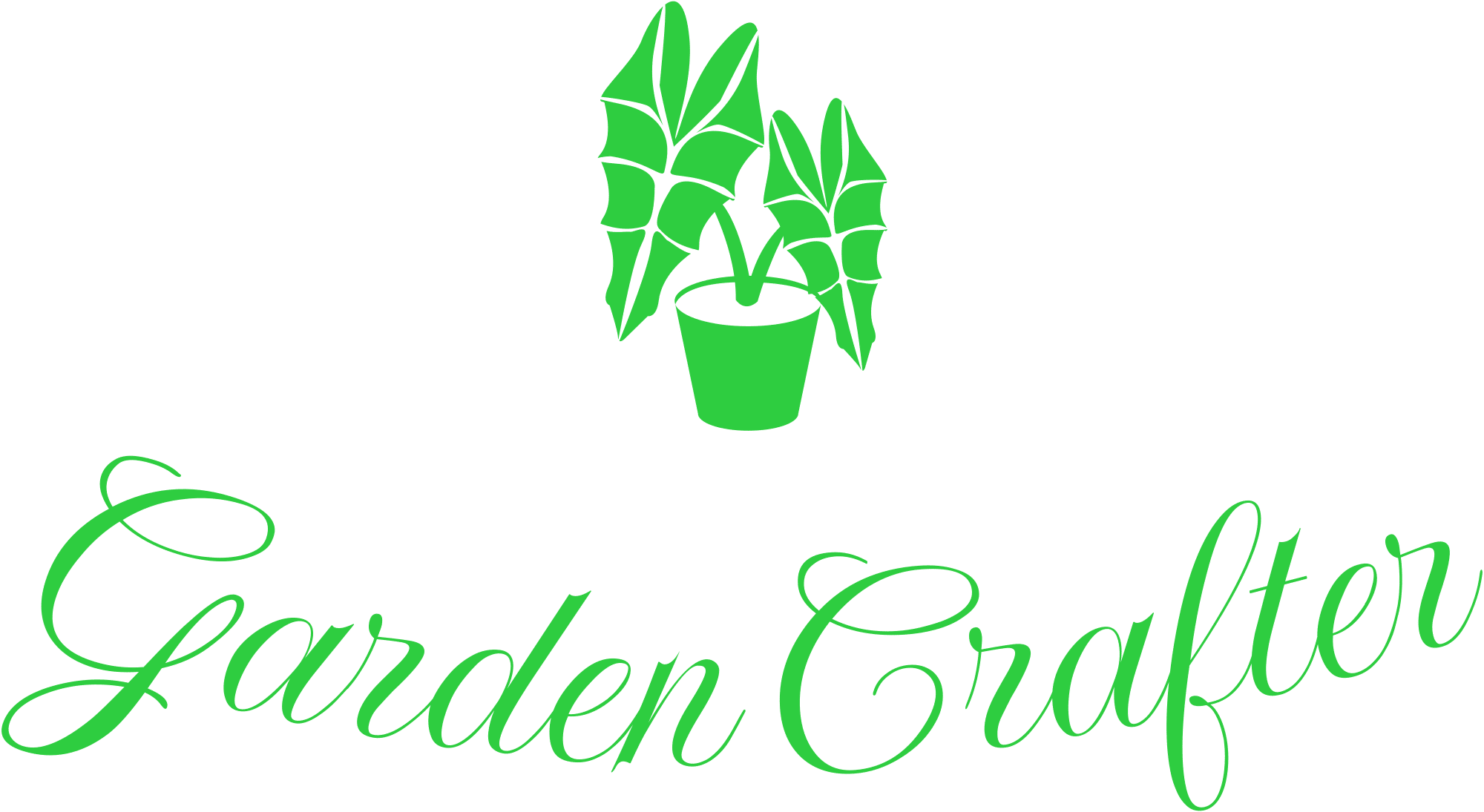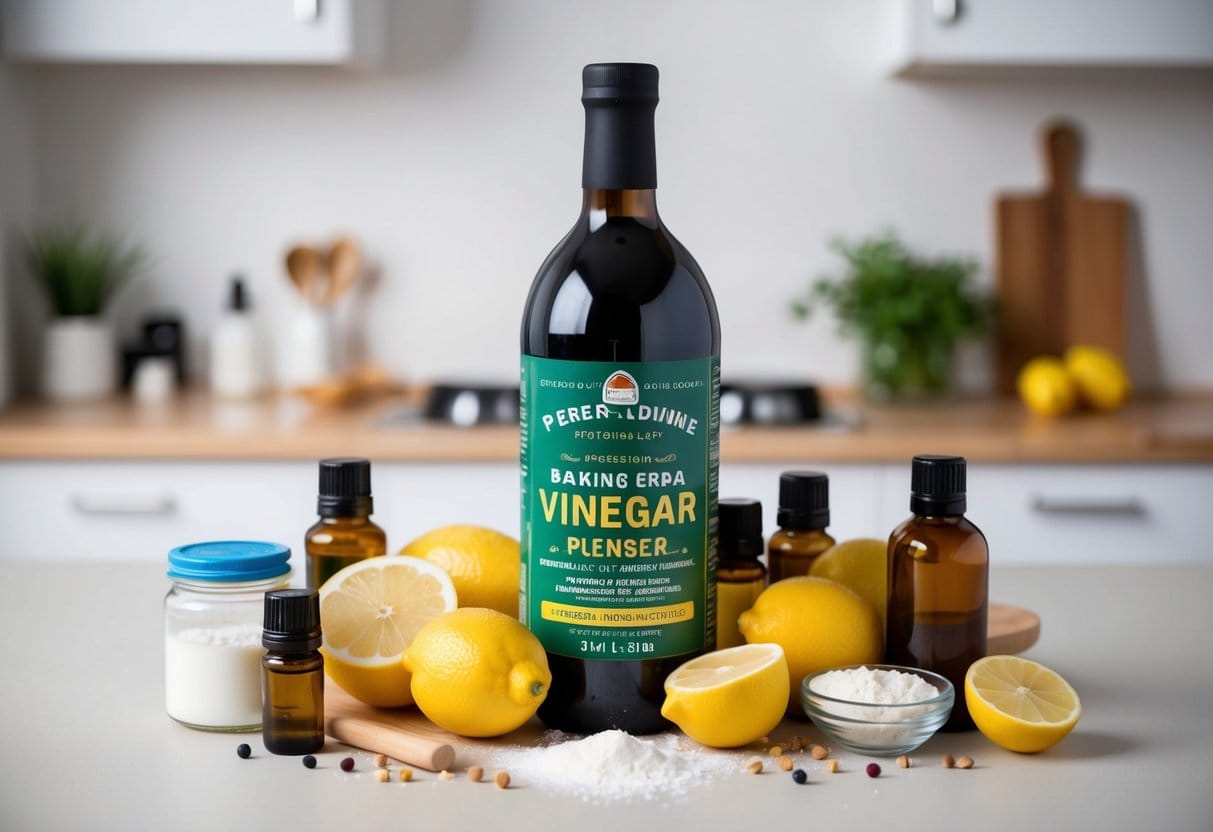Vinegar is widely known as a useful ingredient that can serve various purposes beyond cooking. Its unique properties make it a popular choice for cleaning, maintenance, and even home remedies. This section will explore multiple hacks utilizing different types of vinegar, including white distilled vinegar and apple cider vinegar.
18 Vinegar Hacks
Flea Control for Pets
Mixing apple cider vinegar with water creates a natural flea repellent. This solution can be sprayed directly on pets to help reduce the presence of fleas and ticks.
Cleaning Sticky Pans
To tackle sticky or greasy cookware, a mixture of white vinegar and water can be sprayed onto the pans. Allowing it to sit for 10 minutes before rinsing with water will help remove residue.
Shower Head Cleaner
A small plastic bag filled with white vinegar can be used to clean shower heads. By immersing the shower head in vinegar and tying the bag, limescale and mineral deposits can be softened and rinsed away after 30–40 minutes.
Window and Glass Cleaner
For a DIY window cleaner, combining 1/4 cup rubbing alcohol, 1/4 cup vinegar, 1 tablespoon cornstarch, and 2 cups warm water in a spray bottle works well. This mixture should be shaken before use to ensure even distribution.
Reducing Leg Cramps
Daily consumption of a mixture of warm water and 1 to 2 tablespoons of apple cider vinegar may help ease leg cramps. For immediate relief, massaging vinegar directly onto tight muscles can provide quick comfort.
Easier Egg Peeling
Adding white vinegar to water while boiling eggs can help make the shells easier to peel after cooking.
Fabric Softener Alternative
Using ½ cup of diluted white vinegar in the fabric softener dispenser during the washing machine’s final cycle can effectively soften clothes.
Ant and Spider Repellent
A solution made from 1 part vinegar to 3 parts water can be sprayed in areas where ants and spiders are common to deter them.
Rust Removal
Mixing ½ cup of vinegar and 1 tablespoon of baking soda in a bowl of warm water can be effective for soaking rusted metal items. After letting them sit overnight, a scrub with steel wool will reveal clean surfaces.
Cleaning Glass Stove Tops
Equal parts of white vinegar and water can work to clean glass stove tops. After spraying and letting it sit for 10 minutes, wiping with a microfiber towel will remove food debris. To tackle stubborn stains, a sprinkle of baking soda followed by additional vinegar can help.
De-icing Car Windows
A mixture of 3 parts vinegar and 1 part water can be sprayed on frozen car windows to facilitate easy de-icing.
Keeping Flowers Fresh
A mixture of 2 tablespoons of apple cider vinegar and 2 tablespoons of sugar in a vase can prolong the life of cut flowers. Regularly changing the mixture every three days helps maintain freshness.
Shining Leather Furniture
To rejuvenate leather surfaces, mixing ½ cup of olive oil with ¼ cup of vinegar in a spray bottle can be beneficial. A light application followed by wiping with a microfiber towel provides a nice shine.
Cleaning Paint Brushes
Hot vinegar can be poured over paintbrushes in an aluminum tray to soften paint. After a soak of about 10 to 20 minutes, a brush comb can be used to clean the bristles effectively.
Removing Candle Wax
A 1:1 mixture of vinegar and water serves as a cleaning spray to effectively remove residual candle wax from surfaces.
Preventing Cracked Eggs
Adding a tablespoon of vinegar while boiling eggs helps strengthen the eggshell, minimizing the chance of cracks.
Wallpaper Removal
A solution of vinegar and water mixed in equal parts can be sprayed on wallpaper to help dissolve the glue, making it easier to remove.
Coffee Maker Maintenance
For deep cleaning coffee makers, filling the reservoir with undiluted vinegar and letting it stand for 30 minutes can clear buildup. Following it with several cycles of fresh water will remove any lingering smell.
Natural Weed Killer
A powerful weed killer can be made from combining 1 gallon of white vinegar with 1 tablespoon of dish soap and 1 cup of salt. This mix should be applied carefully to target weeds without harming nearby plants.
Frequently Asked Questions

How can vinegar and baking soda be used for cleaning purposes?
Vinegar and baking soda can create a powerful cleaning duo. When combined, they produce a fizzy reaction that helps to lift dirt and grime. This mixture is useful for unclogging drains and scrubbing surfaces.
For routine cleaning, a paste made from baking soda and a little vinegar can effectively remove tough stains.
What are some unexpected uses for white vinegar?
White vinegar has many surprising applications beyond cooking. For example, it can be used to eliminate odors from clothing, shine windows, and remove lime scale from faucets.
It can also act as a fabric softener in laundry, reduce static cling, and even help repel insects when sprayed outdoors.
What should you avoid cleaning with vinegar?
It is important to avoid using vinegar on certain surfaces. Vinegar can damage natural stone countertops like granite and marble.
Additionally, it should not be used on wood floors, as it can strip the finish. It is also not recommended for cleaning electronic screens, as the acidity may cause harm.
What is the proper white vinegar to water ratio for cleaning?
A common recommendation for a general cleaning solution is a 1:1 ratio of white vinegar to water. This balance creates a strong yet safe cleaner for most surfaces.
For tougher stains or heavy-duty cleaning, some might use a ratio of 2:1 (vinegar to water).
What is the outcome of mixing vinegar with Dawn dish soap?
Mixing vinegar with Dawn dish soap creates an effective all-purpose cleaner. The combination helps cut through grease and grime, making it especially useful for kitchen tasks.
Just remember that this mixture should not be stored, as it is best used fresh to maintain its cleaning properties.
How can vinegar be utilized in maintaining household glucose meters?
Vinegar can be an effective tool for cleaning glucose meters. When diluted with water, it helps remove residue and disinfects the device.
Make sure that no vinegar residue remains on the meter before using it, as it might affect the accuracy of readings.

